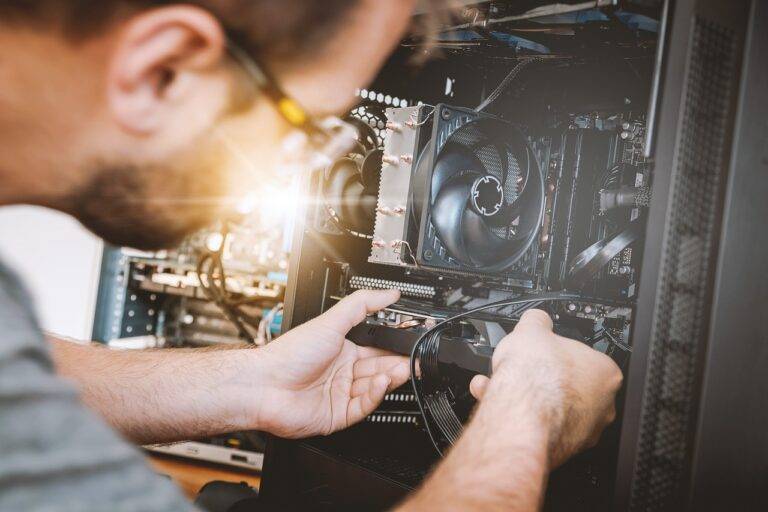Augmented Reality in Education & Training
AR technology has the potential to revolutionize the way students learn in educational settings. By offering interactive and immersive experiences, AR tools can cater to various learning styles, making lessons more engaging and effective. This technology allows students to visualize complex concepts in a 3D format, enabling them to grasp ideas more easily and enhancing their overall understanding of the material.
Moreover, integrating AR in educational settings can increase student motivation and participation. The interactive nature of AR tools encourages active involvement from students, as they are not just passive recipients of information but rather active participants in their own learning process. This increased engagement can lead to improved retention of information and a deeper level of comprehension, ultimately enhancing the educational experience for students across various subjects and grade levels.
How AR Tools Can Enhance Student Engagement and Participation
Augmented Reality (AR) tools have the potential to significantly enhance student engagement and participation in educational settings. By incorporating interactive elements into the learning experience, AR technology can capture students’ attention and make the content more exciting and memorable. This active engagement can help increase students’ motivation to learn and contribute to a more stimulating classroom environment.
Furthermore, AR tools provide students with a hands-on learning experience that allows them to actively participate in the lesson. Through interactive simulations and virtual experiences, students can explore concepts in a more immersive way, making the learning process more engaging and meaningful. This active participation not only helps students better understand complex topics but also encourages collaboration and communication among peers, fostering a more interactive and dynamic learning environment.
Innovative Ways AR Can Be Used to Create Interactive Learning Experiences
Augmented Reality (AR) technology has opened up a world of possibilities in creating engaging and interactive learning experiences for students. One innovative way AR can be utilized in education is through virtual field trips. By incorporating AR elements into virtual tours, students can explore historical sites, famous landmarks, and even distant planets right from their classroom. This immersive experience not only enhances students’ understanding of the subject matter but also sparks curiosity and interest in learning.
Another impactful use of AR in education is through interactive simulations. By using AR simulations, students can engage in hands-on learning experiences that would otherwise be impossible in a traditional classroom setting. For instance, biology students can dissect virtual organisms, chemistry students can conduct experiments in a simulated lab environment, and physics students can observe complex concepts in action through interactive visualizations. These interactive simulations not only make learning fun and engaging but also deepen students’ comprehension of the material.
• Virtual field trips using AR technology allow students to explore historical sites, famous landmarks, and distant planets from the classroom
• Enhances understanding of subject matter and sparks curiosity in learning
• Interactive simulations through AR provide hands-on learning experiences for students
• Biology students can dissect virtual organisms, chemistry students can conduct experiments in a simulated lab environment, physics students can observe complex concepts through interactive visualizations
• Makes learning fun, engaging, and deepens comprehension of material
What are some potential benefits of integrating AR technology in educational settings?
Some potential benefits include increased student engagement, improved learning outcomes, and the ability to create interactive and immersive learning experiences.
How can AR tools enhance student engagement and participation?
AR tools can make learning more interactive and fun, which can help students stay more focused and engaged. They also provide opportunities for hands-on learning experiences and encourage active participation.
Can you provide some examples of innovative ways AR can be used to create interactive learning experiences?
Sure! Some examples include using AR to simulate virtual field trips, create interactive anatomy lessons, or even bring historical events to life through augmented reality storytelling. The possibilities are endless when it comes to using AR in education.







